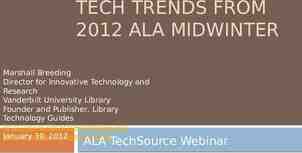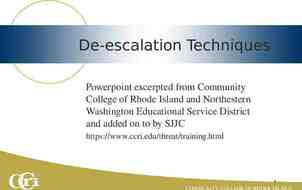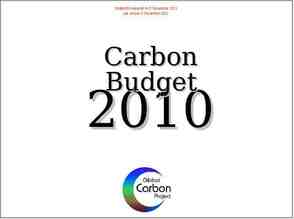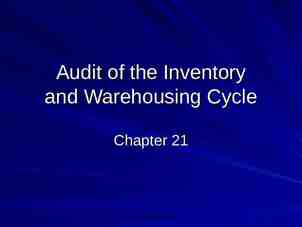What is Culture? An Introduction to World History
8 Slides685.50 KB

What is Culture? An Introduction to World History

How do you define culture? Culture: The way of life – language, tools, skills, beliefs, and traditions – that people develop and leave to their children.

Characteristics/Elements of Culture Conflict Economic Organization Politics/Law Environment CULTURE Values/Religion Social Organization Technology Modes of Expression

Interaction Among Cultures Culture Diffusion: The spread of a people’s way of life, such as customs, beliefs, religions, language, government, and family structure. Ethnocentrism: To judge another culture based on the perspective of one’s own culture. The belief that one's own race or ethnic group is the most important and that some or all aspects of its culture are superior to those of other groups.

Time Span of the Planet Broken Down into a Calendar Year Void of Life Homo erectus Plant Life Very Primitive Animal Forms 10-11 pm Dec. 31

Neolithic Revolution Transition from Nomads to Farmers. What is a Nomad? Nomads: Communities of people who move from place to place in search of food a.k.a. (Hunter and Gatherers). Nomads began to settle down in one location because they became farmers.

Settlement Begins to Occur Development along the Tigris and Euphrates Rivers. Why would people settle near rivers? Water supply. The rivers would flood and leave behind silt. Silt is a rich substance left behind that is good for farming.

Early Farming Methods Picture Above: Slash & Burning still occurs in parts of the world today. Slash & Burn: A farming method in which people clear fields by cutting and burning trees and grasses; the ashes of which serve to fertilize the soil. Irrigation: The bringing of water to crop fields by means of canals and ditches.






